Medal Casting Machine
SuperbMelt, a top-notch medal casting machine supplier, achieves seamless imprinting on finished products.
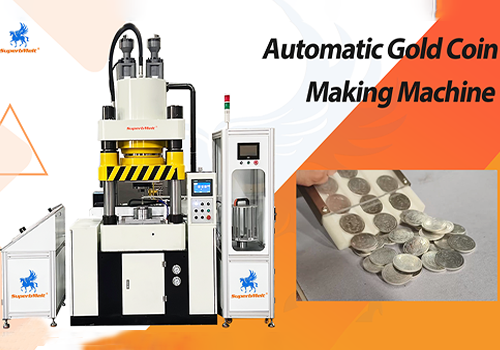
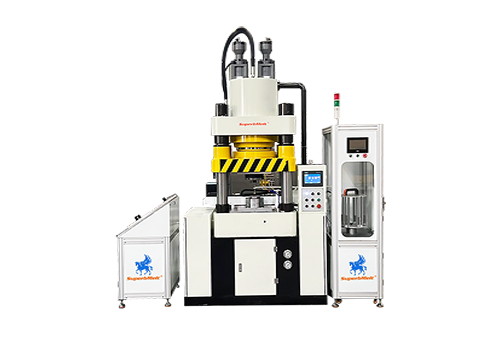
Medal Casting Machine is a specialized device designed for manufacturing medals or badges. This machine employs die-casting technology by installing meticulously crafted molds onto the die-casting machine, utilizing stamping techniques to press and shape pre-prepared metal blanks.
SuperbMelt’s automatic medal stamping machine facilitates manufacturers in mass-producing various uniquely designed medals, meeting diverse customer needs, whether for sports events, corporate activities, or other celebratory occasions. This machine is meticulously designed to ensure that the produced medals exhibit high quality, clear details, and consistency, meeting the elevated standards demanded by customers.
| Model | SPB-300ATS |
| Motor power | 20W |
| Pressure | 300 Tons |
| Maximum stroke of table | 200mm |
| Maximum enclosed height | 500mm |
| Minimum height of movable table from the | 800mm |
| Upward velocity of moving table | 220mm/s |
| Return speed of moving table | 210mm/s |
| Total Power | ≤500W |
| Effective area of worktable | 550*650mm |
| Dimension | 2300*1445*2600mm |
| Speed | 10 pcs/min |
| Machinery Weight | 5500kg |
| Touch Screen | Siemens PLC touch screen |
Features and benefits of the machine for casting medals:
- High-Efficiency Production: By using automated procedures, the automatic medal stamping machine makes it possible to produce a large number of medals quickly and effectively, improving production efficiency.
- accuracy Stamping: The medal casting machine achieves high accuracy and clear stamping through precisely engineered molds and stamping procedures, guaranteeing medals have distinct features and uniformity.
- Variety of Designs: The machine can produce medals with a wide range of designs to suit the specific needs of each customer and to commemorate a variety of sporting events, events, and celebrations.
- Superior Manufacturing: By employing cutting-edge procedures and quality assurance, the medal casting machine creates medals with premium metal components and artistry, guaranteeing long-lasting beauty.
- Easy Operation: The equipment’s user-friendly interface makes it possible for operators to quickly pick up the necessary skills, which boosts output efficiency.
- Dependable Stability: The meticulously crafted and fine-tuned medal casting machine exhibits steady and dependable operation, decreasing the frequency of malfunctions and enhancing the dependability of the apparatus.
- Cost-Effectiveness: The medal casting machine offers great long-term cost-effectiveness through efficient manufacturing and cutting-edge procedures, increasing production’s competitiveness.
In conclusion, the benefits and characteristics of the Medal Casting Machine make it the perfect option for producing medals on a wide scale while satisfying the demands of quality, diversity in design, and production efficiency.
Die-casting machines are widely used in many different sectors, such as but not restricted to:
- Automotive Manufacturing: This industry produces essential parts for automobiles, such wheels and engine casings.
- Electronics Industry: Involved in producing connections, heat sinks, device casings, and other essential parts.
- The aerospace sector is responsible for producing structural elements, aerospace equipment, and parts for aircraft engines.
- Used in the manufacturing of connectors, antennae, casings, and other parts for communication equipment is the communication industry.
- Manufacturing of Home Appliances: Involves using this process to create parts for appliances like air conditioners, washing machines, and refrigerators.
- Construction and Building Materials: Used in the production of window and door frames, building structures, and other construction parts.
- Manufacturing of Industrial Equipment: This refers to the process of creating parts for different types of industrial machinery and equipment.
- Manufacturing of Medical Equipment: This industry creates connections, casings, and other essential components for medical equipment.
- Used in the production of weapon systems, military vehicles, and other defense-related equipment.
- The energy industry includes the manufacturing of parts for energy-related machinery, such as turbine blades and housings for wind turbines.
- Rail Transportation: Used in the production of railway car parts.
- Manufacturing of Sports Equipment: This includes making parts for sports equipment, such golf club heads and bicycle frames.
Die-casting technique is frequently used in various sectors to create intricately formed, highly precise, and strong metal components. It provides essential production solutions for a range of products.
Why SuperbMelt Medal Casting Machine



Any Question About SuperbMelt Medal Casting Machine

2 years warranty
The warranty for our machine is one year longer than the warranty provided by other factories.

ISO CE SGS approved
Professional certification bodies certify that the machines are of high quality.

Strong service team
We will give response within 24 hours against your problem by our professional engineer.
More options available for the Medal Casting Machine
Guide to Medal Die Casting Machine
Medal Casting Machine
1.1, Types of Medal Casting Machines
There are several varieties of medal casting machines, each made to satisfy distinct production demands and purposes related to manufacturing. The following are the main types of medal casting machines:
- Hydraulic Devices for Casting Medals:
These devices cast medals using hydraulic pressure. Accurate control over the casting process is provided by hydraulic systems, guaranteeing consistent outcomes and superior awards.
- Machines for Pneumatic Medal Casting:
Compressed air is used by pneumatic casting machines to power the casting process. They have a reputation for being effective and dependable in creating medals of a constant caliber.
- Automatic Devices for Casting Medals:
Automated machines have automated elements and are built for large-scale manufacturing. They can improve overall efficiency by streamlining the casting process and lowering the need for manual intervention.
Medal casting machines that are semi-automatic combine some manual control with automated operations. They are flexible and appropriate for medium-scale manufacturing that strikes a balance between human monitoring and accuracy.
- Hand-operated medal casting devices:
Every stage of the casting process requires human intervention using manual machinery. They could work well for smaller-scale productions, but they provide craftspeople more direct control over the casting outcomes.
- Centrifugal Machines for Casting Medals:
Molten metal is distributed into molds by centrifugal force in centrifugal casting equipment. This technique works especially well for making medals with complex and elaborate patterns.
- Continuous Casting Equipment:
A continuous and unbroken process of producing medals is involved in continuous casting. Large-scale manufacturing efficiency and uniformity are the design goals of these machines.
- Multi-Station Machines for Casting Medals:
many casting stations are available in multi-station machines, which enables the simultaneous fabrication of many medals. In situations involving mass manufacturing, this design increases productivity.
The intricacy of the medal designs, the required level of automation, and the production scale all play a role in selecting a particular type of medal casting equipment. The various demands of the medal production sector are satisfied by the unique benefits that each type of equipment has to offer.
1.2, Working Principles of Casting Machines
A hydraulic medal press operates on the basis of applying liquid pressure to metal objects in order to stamp and shape them. The following summarizes the fundamental mechanisms of a hydraulic medal press:
- The process of Hydraulic Pressure Transfer
There is a closed system within the hydraulic press that is filled with a liquid, usually oil. A hydraulic pump moves liquid from one location to another by using mechanical force inside the system.
- A hydraulic cylinder
One or more hydraulic cylinders that are linked to the liquid system are part of the hydraulic press. The hydraulic cylinder’s internal piston moves when liquid is injected into it.
- Piston Motion
The liquid inside the hydraulic cylinder propels the piston, which travels along the cylinder’s axial direction. Considerable pressure is produced by this piston movement, and this pressure may be transferred to the associated working parts.
- Operational Elements
A worktable with molds is usually one of the hydraulic press’s operational parts. The molds on the worktable stamp and shape the metal material as the piston exerts pressure.
- Reflow of Liquid
The liquid can be put back into the system to be ready for the subsequent operation when the stamping process is finished. This can be accomplished by adjusting the liquid’s flow direction or by managing the liquid pump.
- Modification of Pressure
Pressurization adjustment devices are typically included with hydraulic presses. Precise control over the stamping process is possible by adjusting the liquid pressure in the system, which in turn controls the force exerted by the piston.
- Control Automation
Modern hydraulic presses include automated control systems that can run numerous stamping processes using pre-programmed instructions, increasing production efficiency.
Though varied designs and purposes may dictate different operating principles for a hydraulic medal press, these basic procedures highlight the vital function that the hydraulic system plays in stamping and shaping metal objects.
How to Cast Medals
The process of casting medals with a hydraulic press includes designing the mold, preparing raw materials, installing the mold, casting medal blanks, post-processing, quality inspection, and packaging.
2.1, Die Casting
Melted metal is forced under intense pressure into a die cavity during the die casting process. With this manufacturing process, complex and complicated parts may be produced with a high level of precision and consistency. The following steps are commonly involved in the die casting process:
- Die Setting Up: The die, or pair of hardened steel dies, are ready. The final product’s form is reflected in these dies.
- Ejection: The freshly created, solidified portion is released from the die.
Die casting is renowned for its exceptional reproducibility and precision in producing intricate designs. It is extensively employed in many different sectors for the production of consumer items, electrical enclosures, and automotive parts. Die casting has several benefits, such as quick production rates, superior surface finishes, and the capacity to create parts with thin walls.
2.2, Stamping Medal Blanks
Making metal discs or forms that are the basis for making medals is the process of stamping medal blanks. These metal blanks are imprinted with customized designs, patterns, or text using the stamping process. Usually, the procedure entails the following steps:
- Material Selection: For the medal blanks, select the suitable metal. Brass, bronze, aluminum, and other metals are typical options.
- Blank Preparation: To make the medals, cut the metal sheets into the appropriate forms. The medal blanks that will go through the stamping process are these flat forms.
- Stamping Die Setup: Assemble a stamping die set with all the parts required, such as the designs, patterns, or text that are to be imprinted on the blanks.
- The stamping process involves aligning the medal blanks with the stamping dies before inserting them into the stamping machine. Put pressure on the dies so that the designs are imprinted on the blanks’ surface.
- Check for Quality: Examine the stamped blanks to make sure the designs are accurate, legible, and adhere to the required standards.
- extra Processing: The stamped medal blanks may go through extra steps like polishing, coloring, or coating, depending on the design and specifications.
- last Inspection: Before moving on to the next production step, make sure the stamped medal blanks satisfy all requirements by conducting a last quality check.
Customized and artistically designed medals can be created starting with the imprinted medal blanks. This method makes it possible to produce large quantities of reliable, superior blanks that may be further personalized for certain occasions, prizes, or memorials.
2.3, Packaging Medals
In order to ensure that the finished medals are exhibited attractively and are protected, packaging medals is an essential stage in the production process:
- Packaging Design: Make designs for the packaging that go well with the medals’ meaning and look. Take into account the medal’s size, kind, and any particular branding or information that has to be on the box.
- Choosing Packaging Materials: Pick suitable packaging materials that offer the medals sufficient protection. Typical materials consist of velvet, cardboard, plastic, or specialty medal cases.
- Slicing and Sculpting packing: To create the required packing form, cut and shape the chosen materials. This might entail making enclosures such as cases, crates, or other structures that can safely retain the medals.
- Medal Insertion: Gently slide each medal into the corresponding opening in the box. Make sure the medals are safe from scuffs and damage while being transported, and that they fit snugly.
- Adding Cushions or Inserts: To stop movement and shield the medals from impact, use cushions or inserts within the package. Foam, velvet, and other soft materials can be used to make these inserts.
- Labeling and Branding: Complete the container with any labels, branding components, or medal-related information. This might contain information on the occasion, the category for the award, or anything else pertinent.
- Closing and Sealing: Tightly close and seal the container. By taking this action, you can make sure that the medals stay where they belong and are protected from the weather.
- Execute a last quality check to make sure the packaging satisfies requirements for protection and display. Look for any flaws in the packing, alignments, or imperfections.
- Bulk Packaging: Pack the individually wrapped medals into bigger boxes or containers for easier storage and shipping if you are creating medals in large quantities.
- Shipping & Distribution: Get the medals ready, packed, for shipping or delivery to the designated recipients (people, groups, or event planners).
- In addition to maintaining the medals’ quality, properly packaged medals also improve their appearance, making them seem better when given or received. The medals’ apparent worth can be greatly influenced by the design and material selection used for the packaging.
Conclusion
In conclusion, the Medal Casting Machine by SuperbMelt stands as a testament to precision and efficiency in the production of medals and badges. The die-casting technology, coupled with automated procedures, allows for the seamless creation of unique and high-quality medals with intricate designs. The machine’s features, including high-efficiency production, accuracy stamping, a variety of designs, superior manufacturing, easy operation, dependable stability, and cost-effectiveness, make it an ideal choice for large-scale medal manufacturing while meeting the highest standards of quality and design diversity.
Moreover, the application of medal casting machines extends across various industries, including automotive manufacturing, electronics, aerospace, communication, home appliances, construction, industrial equipment, medical equipment, defense, energy, rail transportation, and sports equipment. This versatility makes the Medal Casting Machine a valuable asset for meeting the intricate demands of diverse sectors.
The guide to Medal Die Casting Machines provides a comprehensive overview, detailing the types of machines available, their working principles, and the step-by-step process of casting medals. From die casting to stamping medal blanks and finally packaging, each stage is essential to ensuring the production of impeccable medals that not only meet quality standards but also enhance their overall presentation.
Whether you are a manufacturer looking to streamline your medal production process or an enthusiast seeking insights into the world of medal casting, SuperbMelt’s Medal Casting Machine and the accompanying guide offer a holistic solution that combines technological innovation, craftsmanship, and efficiency.
FAQ Guide of Medal Casting Machine
- 1. What are the machines used in die casting?
- 2. What is die casting?
- 3. What types of metals can be used in die casting?
- 4. What is the difference between hot chamber and cold chamber die casting?
- 5. How does die casting compare to other casting methods?
- 6. What are the advantages of die casting?
- 7. What industries commonly use die casting?
- 8. Can die casting produce both small and large parts?
- 9. What is the typical mold material used in die casting?
- 10. Is die casting environmentally friendly?
- 11. What is the role of mold release agents in die casting?
- 12. Can die casting be used for prototyping?
- 13. How is porosity controlled in die casting?
- 14. What post-casting processes are involved in die casting?
- 15. What is the lifespan of a die casting mold?
- 16. Can die casting produce parts with fine details and intricate designs?
1. What are the machines used in die casting?
Die casting is a process that produces metal pieces with extreme uniformity and accuracy by using specialized machinery. The primary die casting machinery includes:
- Die Casting Machine with Hot Chamber:
Perfect for low melting point alloys including lead, tin, and zinc.
includes a crucible filled with molten metal that is injected into the die via a piston.
- Machine for Die Casting in Cold Chamber:
Ideal for high melting point alloys, such copper, magnesium, and aluminum.
A piston forces molten metal into the die after it has been ladled into the shot chamber.
- Die Casting Machine with Gravity:
fills the mold with molten metal using the power of gravity.
Ideal for pouring thick and big portions.
- Machine for Die Casting at Low Pressure:
uses low-pressure casting methods, which work well for intricate and thin-walled components.
Usually used to alloys made of magnesium and aluminum.
- Machine for Die Casting at High Pressure:
high pressure is used to force molten metal into the die.
frequently used for casting zinc and aluminum, and suitable for a large variety of alloys.
- Die Casting Vacuum Machine:
removes air from the die cavity using a vacuum before injecting molten metal.
lowers the final casting’s porosity.
- Machine for Squeeze Casting:
blends the components of forging and die casting.
increases the molten metal’s density and mechanical qualities by applying pressure.
- Versatile Die Casting Equipment:
used for elaborate and sophisticated items that have several slides and moving pieces.
makes it possible to produce more complex forms.
These devices are essential to the die casting process because they make it possible to produce metal components accurately and efficiently that are utilized in a variety of industries. The kind of alloy, the intricacy of the component, and the intended production volume all influence the machine selection.
2. What is die casting?
Die casting is a metal casting process that involves forcing molten metal into a mold cavity under high pressure. It is used to produce precise, complex, and high-quality metal parts.
3. What types of metals can be used in die casting?
Common metals used in die casting include aluminum, zinc, magnesium, and copper alloys.
4. What is the difference between hot chamber and cold chamber die casting?
Hot chamber die casting is suitable for low-melting-point alloys, while cold chamber die casting is used for high-melting-point alloys like aluminum.
5. How does die casting compare to other casting methods?
Die casting offers higher precision and faster production compared to other casting methods. It is ideal for large-scale manufacturing of intricate parts.
6. What are the advantages of die casting?
Advantages include high accuracy, excellent surface finish, rapid production, and the ability to produce complex shapes with tight tolerances.
7. What industries commonly use die casting?
Die casting is widely used in automotive, aerospace, electronics, consumer goods, and medical industries.
8. Can die casting produce both small and large parts?
Yes, die casting can produce a wide range of part sizes, from small and intricate components to large and complex parts.
9. What is the typical mold material used in die casting?
Die casting molds are often made of hardened tool steel.
10. Is die casting environmentally friendly?
Die casting is known for its efficiency, minimal material waste, and recyclability of metals, making it relatively environmentally friendly.
11. What is the role of mold release agents in die casting?
Mold release agents are used to facilitate the ejection of the casting from the die and improve the mold’s lifespan.
12. Can die casting be used for prototyping?
While die casting is not typically used for prototyping due to mold costs, some processes allow for low-volume production and rapid prototyping.
13. How is porosity controlled in die casting?
Porosity is controlled through proper die design, process optimization, and the use of vacuum or low-pressure die casting techniques.
14. What post-casting processes are involved in die casting?
Post-casting processes may include machining, surface finishing, heat treatment, and assembly, depending on the specific requirements of the part.
15. What is the lifespan of a die casting mold?
The lifespan of a die casting mold depends on factors like material, production volume, and maintenance. Well-maintained molds can last hundreds of thousands of cycles.
16. Can die casting produce parts with fine details and intricate designs?
Yes, die casting can produce parts with fine details and intricate designs, making it suitable for applications where precision is crucial.

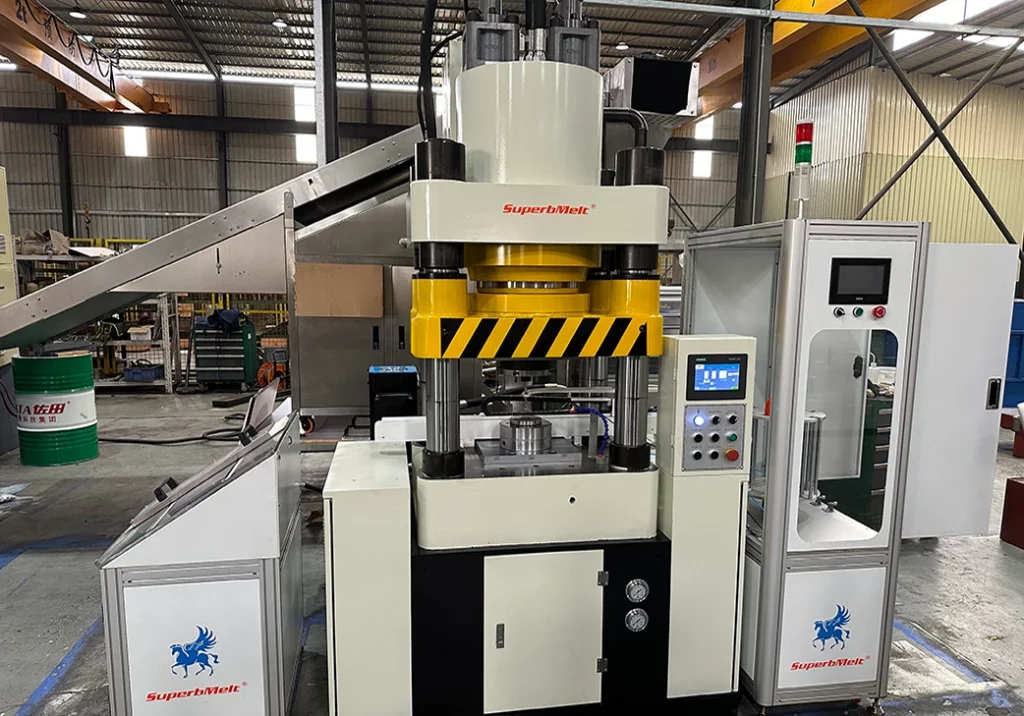
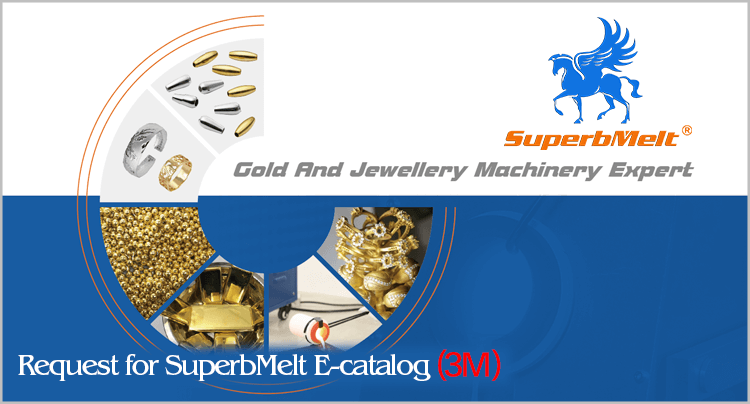
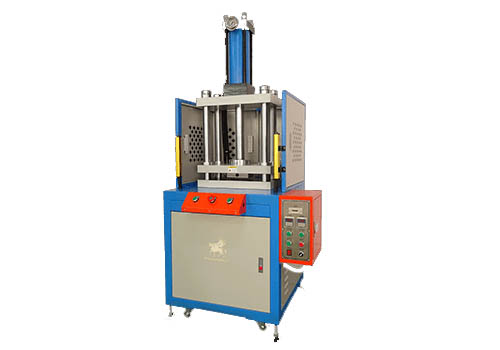
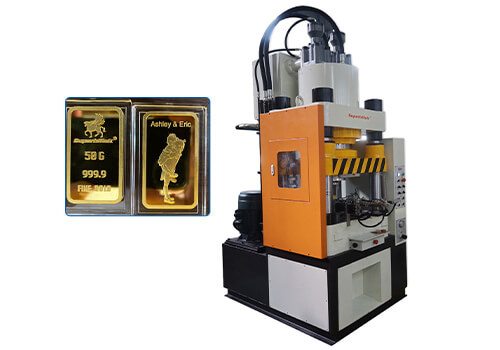
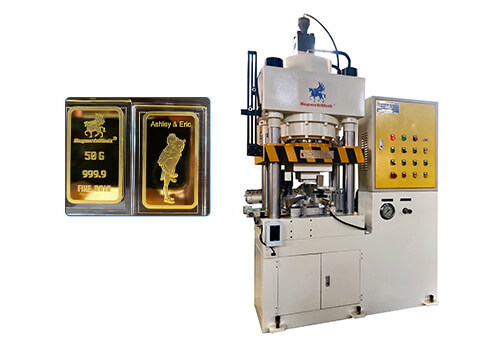
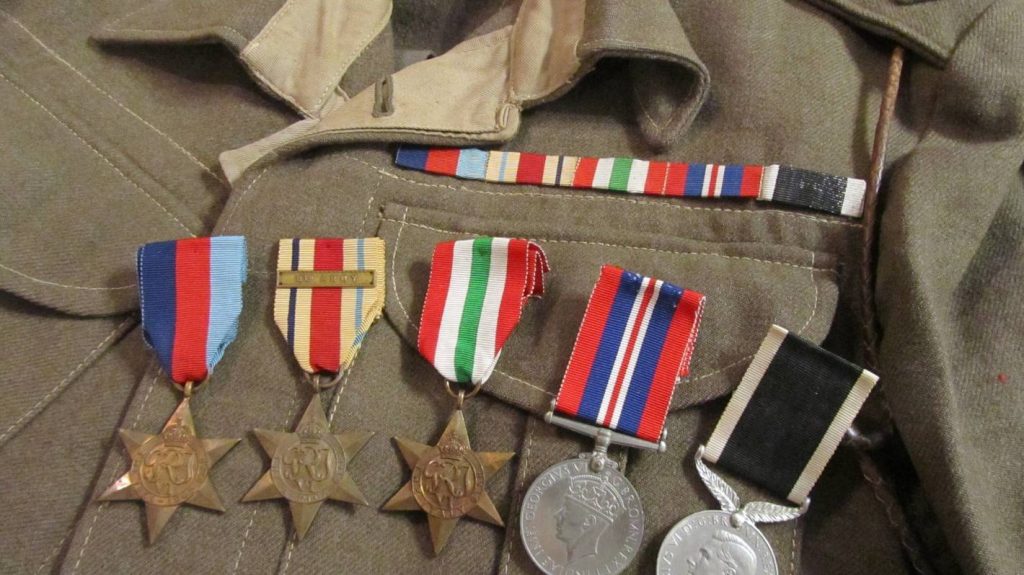
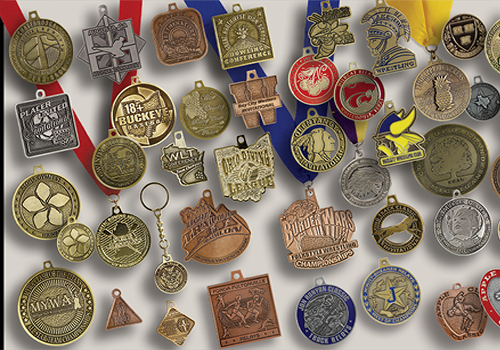
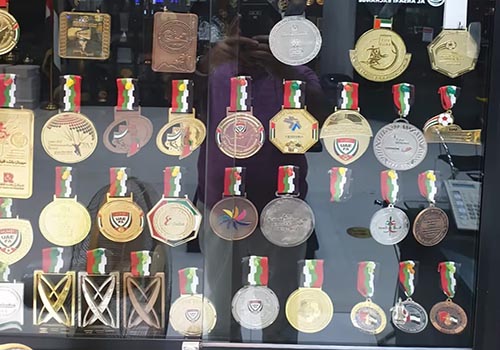
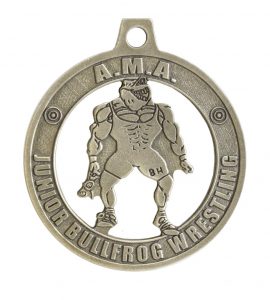
 © Copyright 2008-2021 Superb Electromachinery Co., Limited
© Copyright 2008-2021 Superb Electromachinery Co., Limited